Description
We know that pieces of the Red Planet fell here because of the robot Viking spacecraft that landed on Mars in 1976. Six years after those landings, Drs. Johnson and Bogard were studying an unusual meteorite here on Earth, with a most unusual name — Elephant Moraine 79001, found in Antarctica in 1979. The two scientists made an astonishing discovery: tiny amounts of gas trapped within vugs in the 79001 meteorite were a close match to the thin atmosphere of Mars, as recorded by the Viking landers. The experiment was later repeated and confirmed by looking at several other Martian meteorites, clearly indicating their origin point. And what a fiery and furious life they’ve had! Blasted off the surface of their home planet by other meteorite impacts (the impactors likely being large asteroid fragments), they wandered in space until falling here.
The improbable origin story of Martian meteorites makes them plenty rare — what are the chances that something would be blasted off a smaller planet that is, on average, 140 million miles away and then land on ours? Couple that with the fact that Martian meteorites are fragile; they are essentially cooled lava from another planet and contain little or no metal, meaning that — unlike most meteorites — metal detectors and magnets cannot be used to recover them, making them notoriously difficult to identify and recover in the field.
This quaint glass vial contains genuine Mars meteorite “dust.” Aerolite’s meteorite dust is collected in our preparation laboratory, when a larger specimen is sawn into slices. Similar to how sawdust is created.

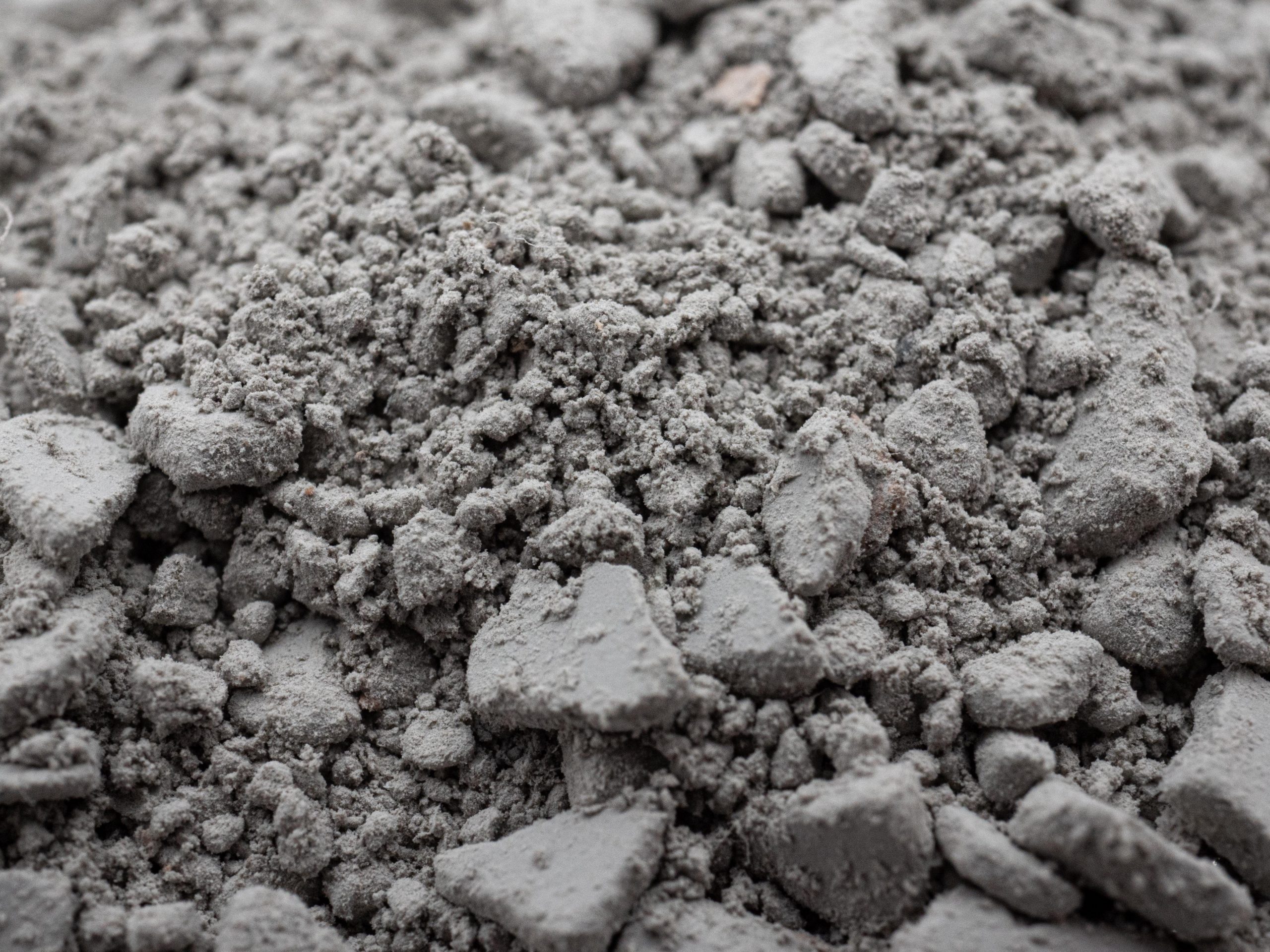

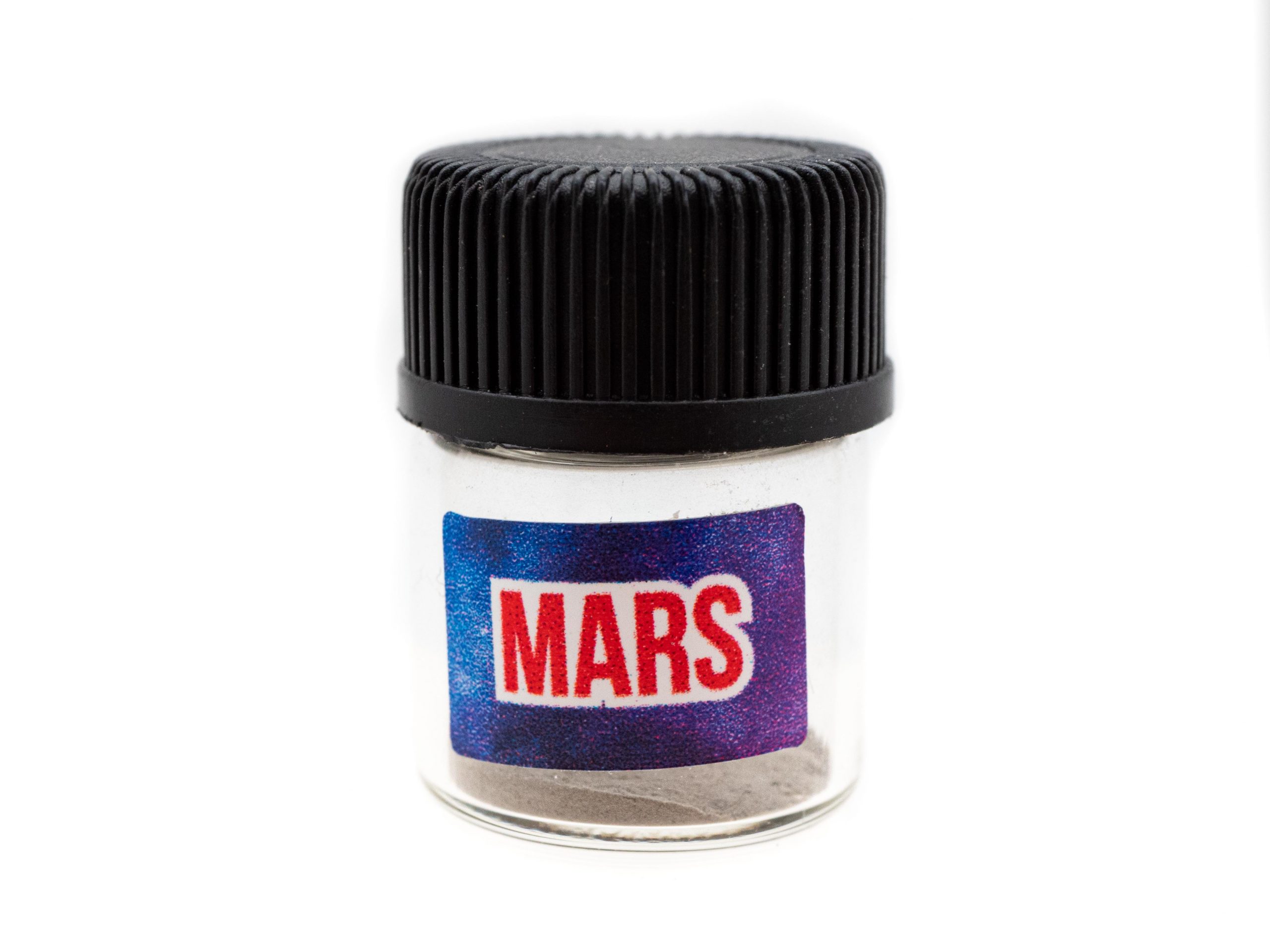
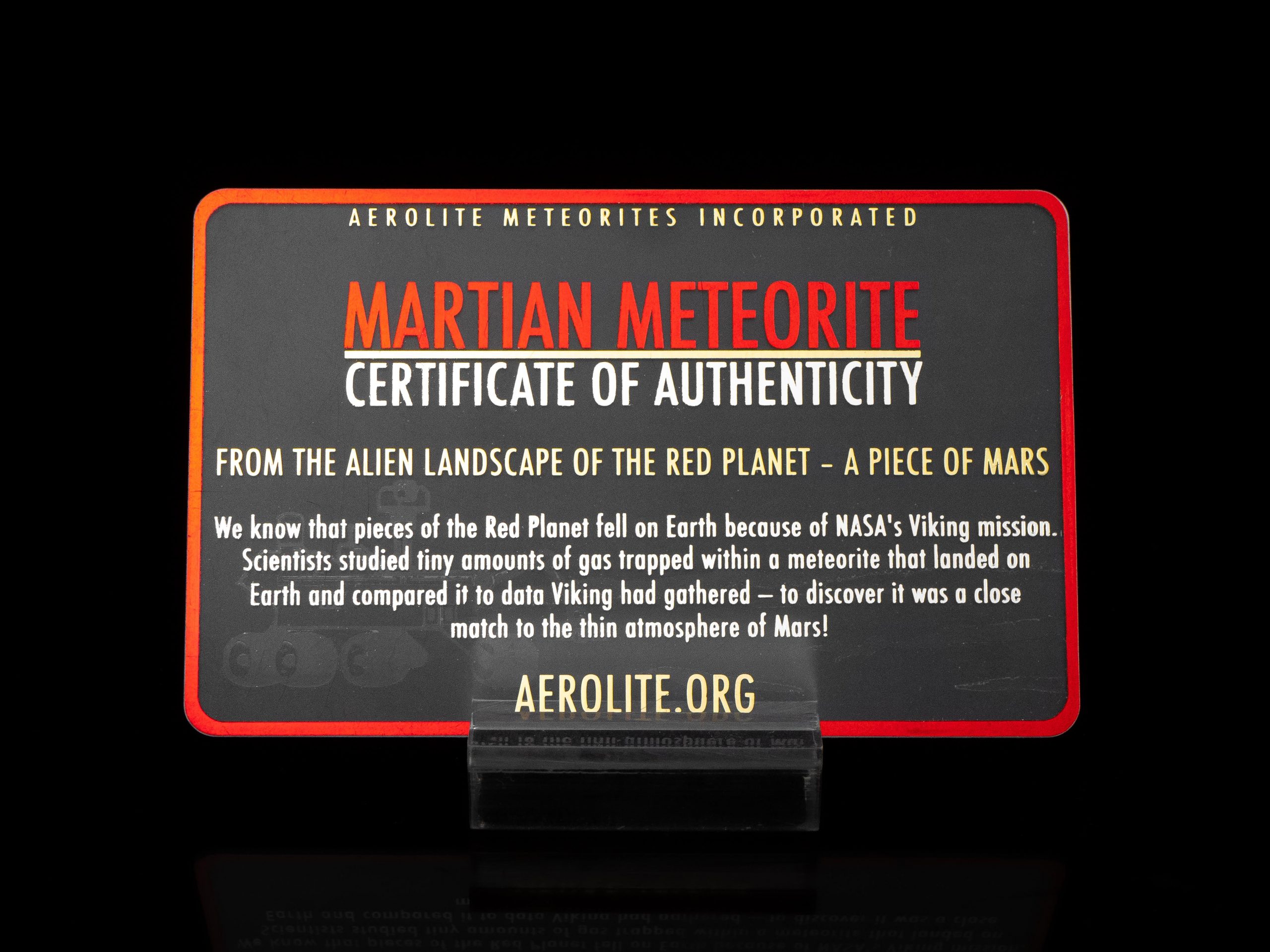
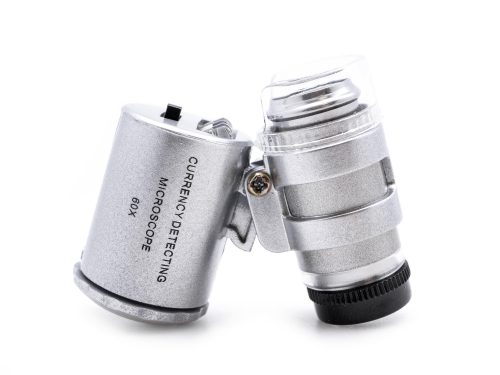
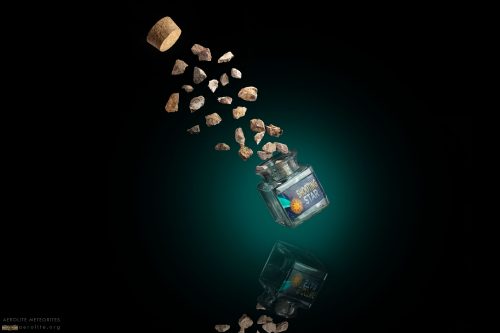
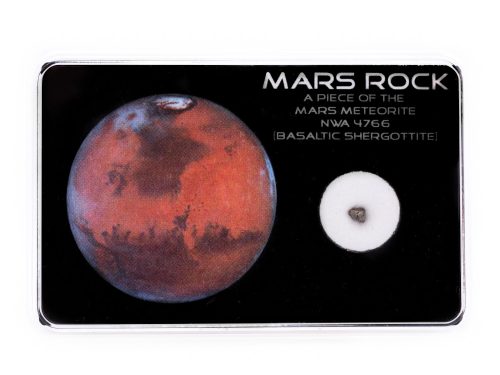
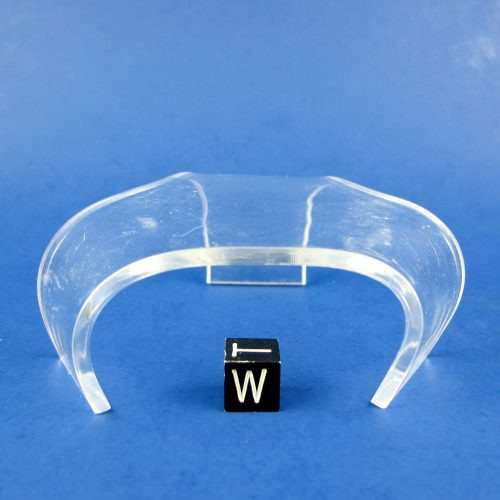
Reviews
There are no reviews yet.